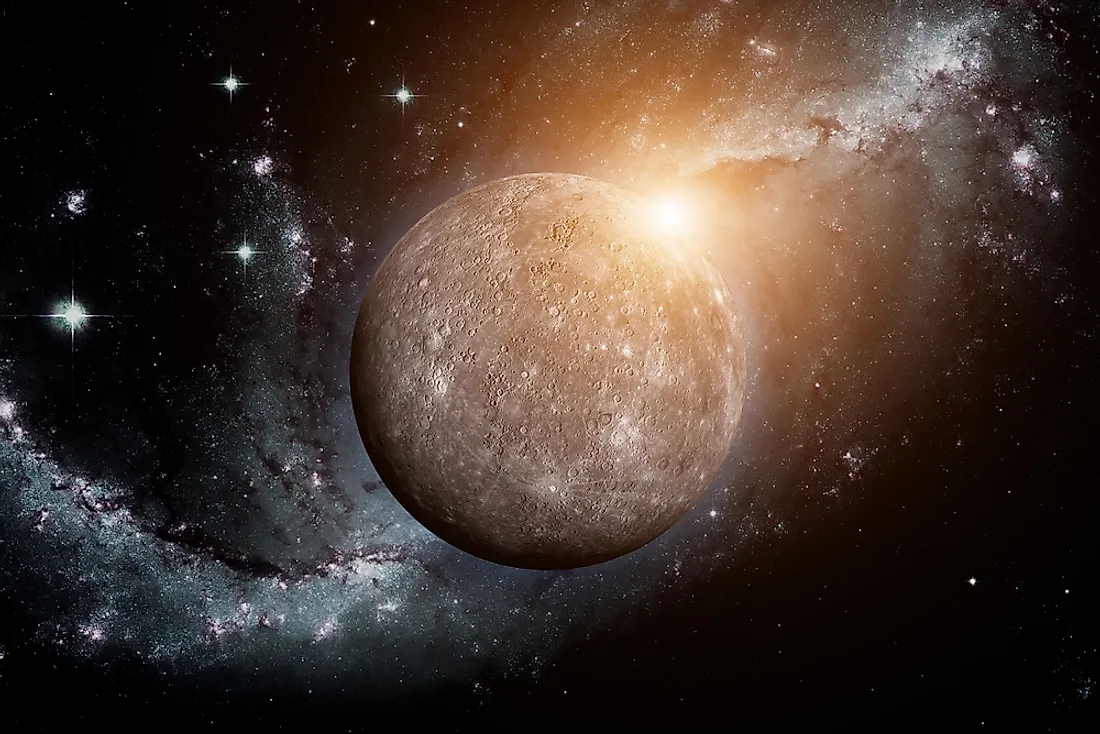Is The Moon Larger Than Mercury?

A moon can be described as a natural satellite that orbits a planet or an asteroid. The size of a moon varies with the size of the planets that they orbit with some moons being larger than other planets. Ganymede and Titan, the two largest moons in our solar system, are larger than planet Mercury while Earth's moon is smaller.
Moons of our Solar System
Although Earth only has one moon, aptly named "The Moon," other planets from our solar system have many more. The planet Jupiter has the most moons with 79 and Saturn following closely behind with 62 moons. Uranus has 27 moons, Neptune has 14 moons, and Mars has 2 moons. Both the planet Mercury and planet Venus have no moon. Jupiter is the largest planet and also has the largest moons with Ganymede, Callisto, Io, Europa ranking first, third, fourth, and sixth respectively.
Earth's Moon
Earth's moon is the 5th largest moon in our solar system and that largest moon relative to the size of the planet it orbits. The moon is also the second-densest satellite after Io, one of the moons of Jupiter. The surface of the moon features extensive plains and catering. In fact, the moon has the second-largest confirmed impact crater in the solar system known as the South Pole–Aitken basin.
Size of Planet Mercury
Mercury is the smallest planet by both mass and volume. Mercury has a mean radius of 2,439.7 km in comparison to Earth with a mean radius of 6,371.0 km meaning the size of the planet is equivalent to 38% the size of Earth. In fact, Mercury is closer to the size of Earth's moon than it is to planet Earth as Earth's moon as mean radius of 1,737.1 km. Mercury also resembles Earth's moon with the surface of the planet featuring extensive plains and catering. Although Mercury is the smallest planet, it is still larger than Earth's moon.











